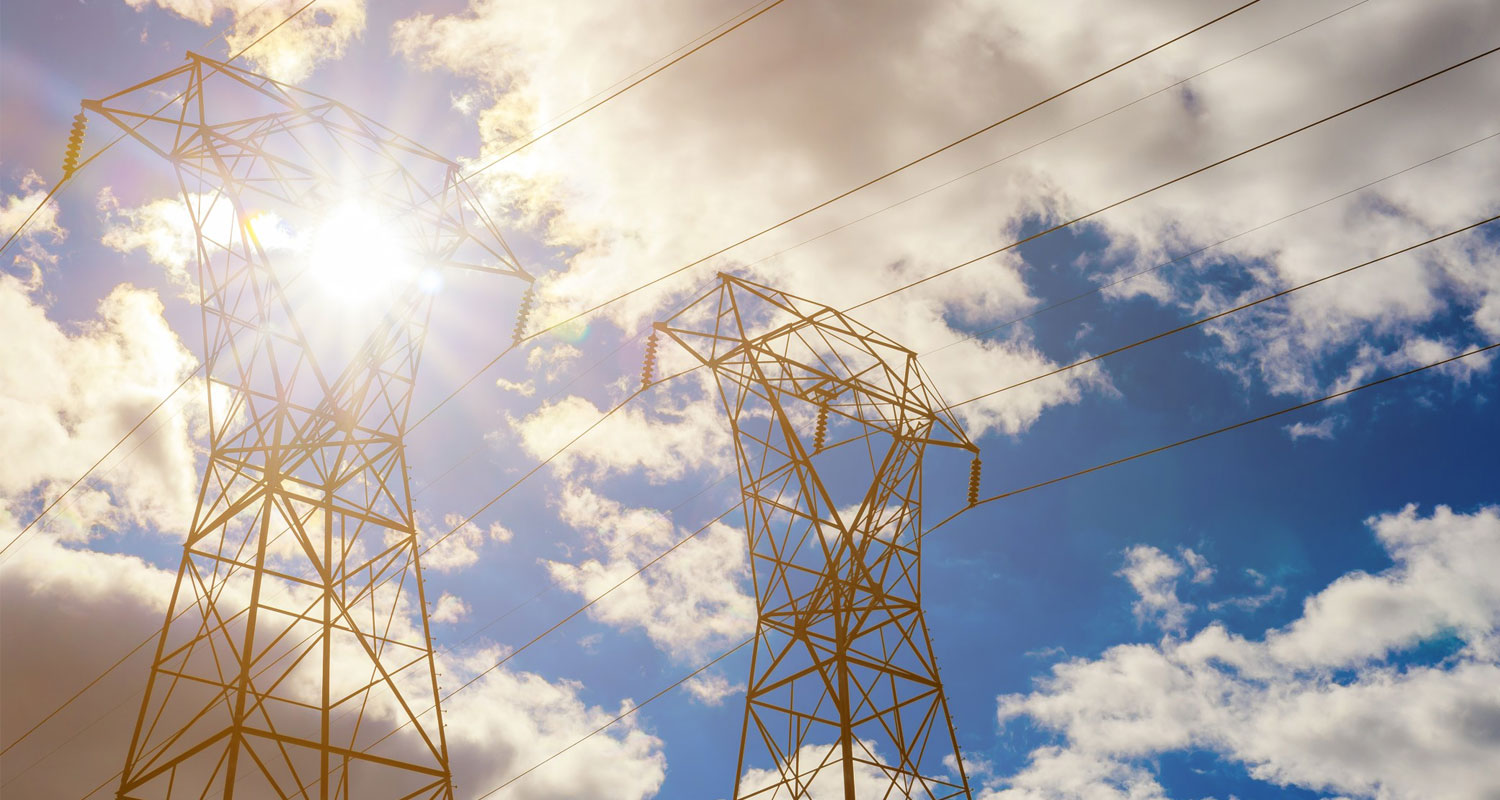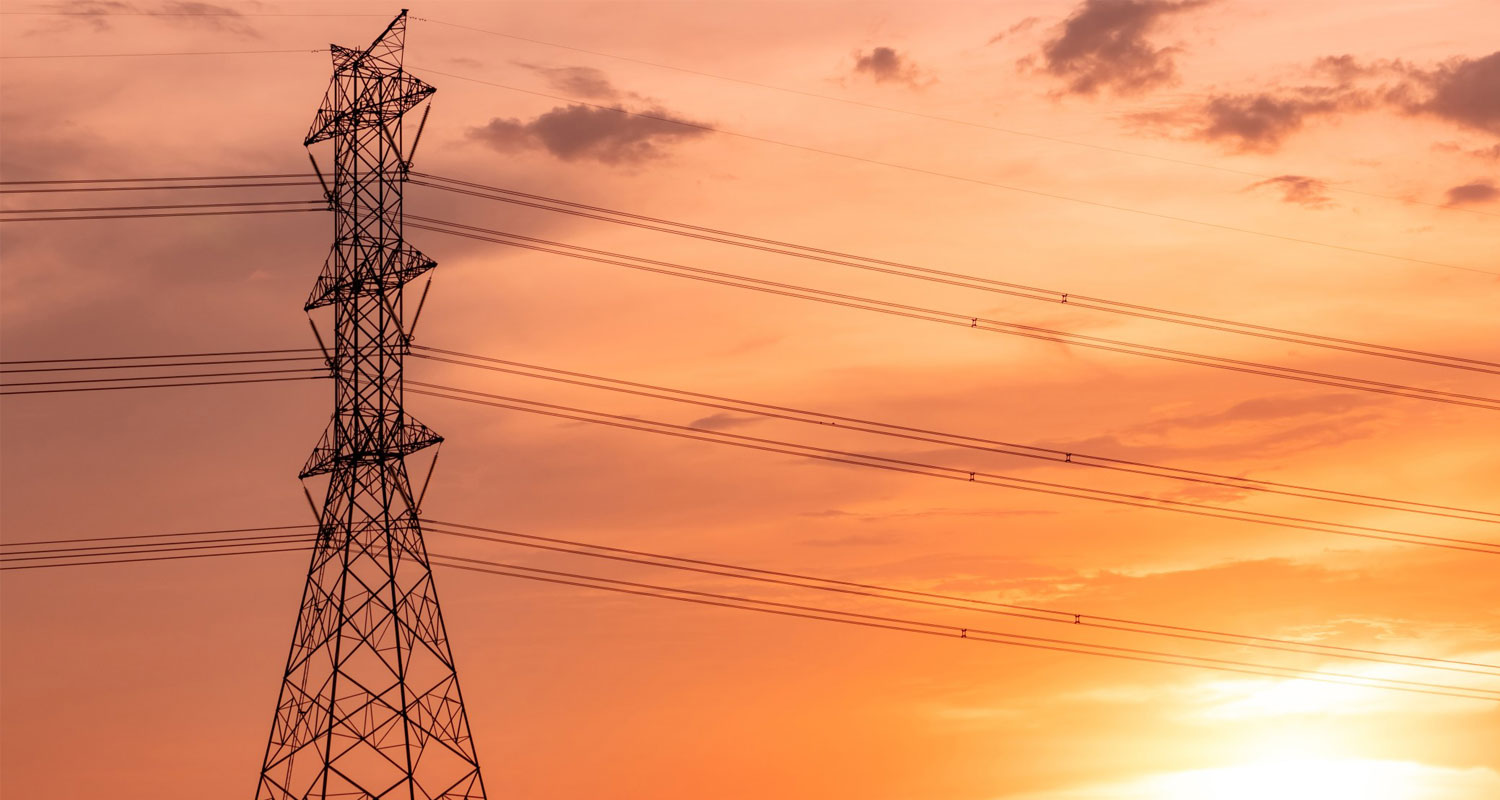 The introduction of utility-scale battery storage into the national power grid is imminent, but grossly inadequate, according to Jo Dean, member of the executive committee of the South African Energy Storage Association (Saesa).
The introduction of utility-scale battery storage into the national power grid is imminent, but grossly inadequate, according to Jo Dean, member of the executive committee of the South African Energy Storage Association (Saesa).
Battery storage is essential as part of the solution for the current energy crisis, she says.
Eskom introduced stage-2 load shedding on Wednesday (2 February) that continued until Sunday (February 6), although the intensity was reduced from Friday night. It again cut the power at stage 2 on Monday evening and into Tuesday morning.
The utility has consistently said the country has a shortage of between 4GW and 6GW of generation capacity. Its chief operating officer, Jan Oberholzer, recently stated that Eskom can currently provide only 27GW on a consistent basis.
Its total installed capacity is around 47GW, but the coal-fired power stations have been performing poorly at an availability factor of just above 60%.
Dean responded to an announcement by Eskom that it will award a contract for a battery storage project in the near future, and the department of mineral resources & energy (DMRE) indicating that it plans to invite bids for the sixth bid window for renewable energy as well as one for storage by the end of March.
“The DMRE and IPP (Independent Power Producers) Office await the required approvals from Eskom and national treasury,” the department said at the end of January.
Pump storage
The country currently has 2.9GW of storage capacity, largely consisting of hydro pump storage schemes, namely Drakensberg, Palmiet and Ingula. These rely on the energy associated with downward water flow to generate electricity. Once the water is at the bottom of the hill, it has to be pumped uphill again, which requires more energy than the plant can generate.
The value is in availability of this source of energy when the system needs it, such as during peak demand in the evening.
The Integrated Resource Plan 2019 (IRP2019) that sets out the energy mix up to 2030 provides for the addition of 513MW this year and a further 1.575GW in 2029, which will result in total storage capacity of 5GW by 2030.
Eskom in 2020 embarked on a procurement process for battery storage. The project is for a total of 360MW. It consists of seven different projects spread over four provinces.
It is expected that at least the 80MW battery storage at the Skaapvlei substation near Vredendal will be awarded soon. It is not yet clear what the extent of the DMRE’s storage procurement will be.
According to Dean, Saesa feels “this is grossly inadequate, with a true need multiple times larger”.
She says more storage is needed to ensure renewable energy meets the grid requirements.

“Furthermore, we have seen that storage, when coupled with renewable energy, is the cheapest and fastest method to add new electrons to the grid, as was seen by the fact that the cheapest bid under the RMIPP round used storage,” she said, referring to government’s Risk Mitigation Independent Power Producer procurement programme, where storage was combined with renewable energy and offered as a package in some of the preferred bids.
The programme was due to deliver an additional 2GW of generation capacity by the end of this year, but financial close was delayed once again, last month, with calls for the round to be cancelled.
Thomas Garner, chairman of the South African Independent Power Producers’ Association (SAIPPA) agrees, saying the more storage the country can add, the better.
He says that by introducing more storage capacity, the requirement for gas generation to balance intermittent renewable energy can be limited.
South Africa does not currently have its own gas resources and the international gas price has recently increased dramatically.
As more storage technologies are introduced into the mainstream power sector … we will be able to produce the same quality of electrical energy as a coal plant for the same price
Dean says: “We are already seeing that batteries and renewable energy are replacing gas peaking plants in some markers, such as the US. As more storage technologies are introduced into the mainstream power sector, such as mechanical storage, thermal storage and non-lithium batteries, such as flow batteries, we will be able to produce the same quality of electrical energy as a coal plant for the same price, with fewer adverse environmental impacts and likely even more benefits to the South African power grid.”
Garner says utilising storage – instead of diesel-gobbling open-cycle gas turbines (OCGTs) – when supply is constrained can reduce Eskom’s generation cost.
Battery storage can be procured at anything between R1.50 and R2.20/kWh, compared to the OCGT cost of R4 to R4.50/kWh, he says.
In addition, it can be used to strengthen and stabilise the grid.
The speed of deployment is also very advantageous at it can be operational within six months, he says.
Milestones
Dean says the Eskom and DMRE storage projects are milestones for the local electricity supply industry and will help “mature this young and nascent industry”.
“It will give investors confidence [and provide banks with] security … for finance on innovative practices like capacity rentals” and so on.
Piet van Staden, former chair of the Energy Intensive Users Group of Southern Africa, believes an increase in the available storage capacity can assist Eskom by shifting the availability of energy from time slots when there is excess to when there is a supply deficit.
He cautions however that batteries, like pump storage schemes, are net energy users.
He says this latest round of load shedding was the result of an energy shortage. Eskom did not have enough energy to pump the water at those pump storage schemes uphill to “load” those batteries and therefore instituted load shedding to create space for the dams to be replenished.
Battery storage will similarly consume energy before it can later release it when needed, he says.
- This article was originally published by Moneyweb and is republished by TechCentral with permission




